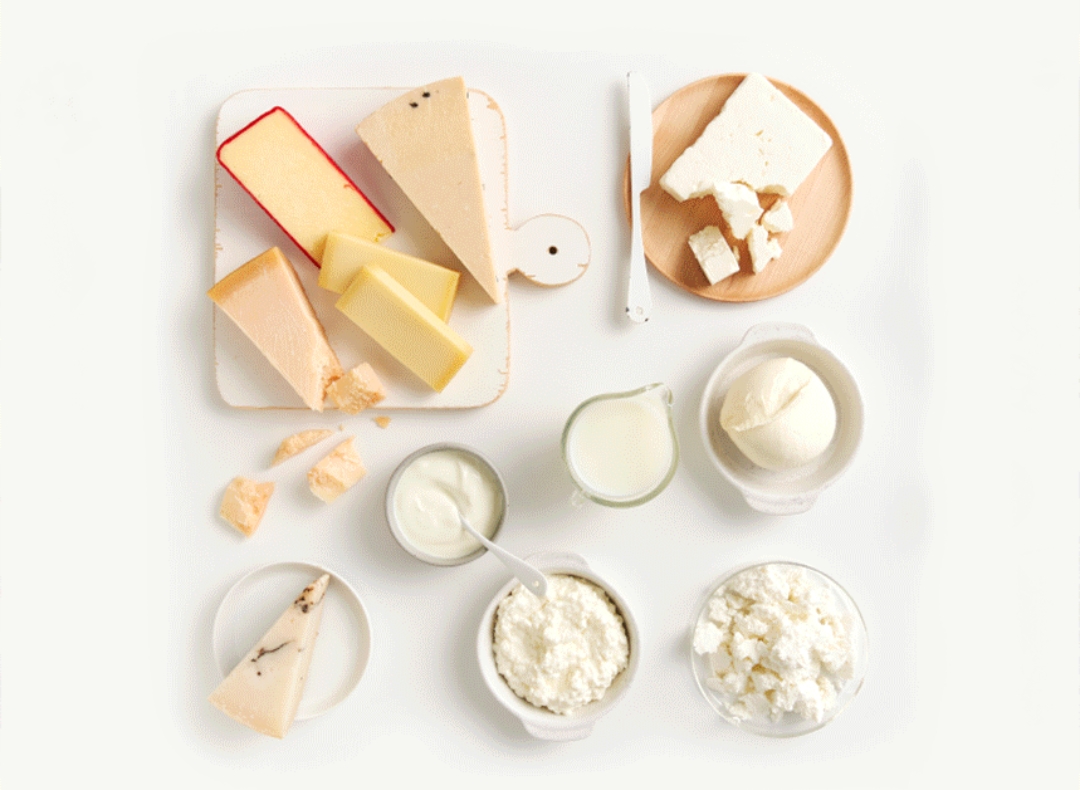
Healthy eating is not about “good” and “bad” foods or restrictive diets. It’s about making small changes that you can continue long term.
Choose foods from our heart healthy eating pattern to help make healthy choices.
How much you eat is also important.





Use our recipes and meal plans to include heart healthy foods in your eating pattern.
4 min read
You might have heard that changing the way you eat can impact your health. But what about your heart specifically?
Poor diet is one of the leading risk factors for heart disease in Australia [1]. What you eat and drink impacts several heart disease risk factors, including:
Blood pressure
Cholesterol
Weight
Diabetes risk.
What does a heart-healthy eating pattern look like?
Enjoying a wide variety of foods focused on fresh and unprocessed food can be good for your heart.
A diet naturally low in unhealthy fats, salt and added sugar, and rich in wholegrains, fibre, vitamins, minerals and healthy fats is ideal.
Follow our 5-step heart-healthy eating pattern to help you achieve this balance.
DOWNLOAD THE PRINTABLE EATING WELL TO PROTECT YOUR HEART BROCHURE
1. Eat plenty of vegetables, fruit and wholegrains
Fruit and vegetables are some of the best foods for your heart, but most Australians aren’t eating anywhere near enough. These foods contain a variety of vitamins and minerals, as well as fibre and antioxidants, and have been shown to help prevent heart disease. Read more about fruit, vegetables and how they protect your heart.
Wholegrains are foods like brown rice, wholemeal pasta, grainy bread and oats. These foods are full of fibre and can help lower your cholesterol. Swapping from refined grains like white bread and white rice to wholegrain versions is a simple change that can improve your diet. Read more about the importance of these simple swaps for a healthy heart.
2. Include a variety of healthy protein-rich foods
Some protein-rich foods are better choices than others. The best options are plant-based proteins like beans, chickpeas, lentils, nuts and seeds, as well as fish and seafood. These foods have been shown to reduce your risk of developing heart disease [2].
Eggs and poultry are also protein-rich foods that can be enjoyed as part of a heart-healthy eating pattern.
If you eat red meat, it’s best to limit it to 1-3 meals per week as research shows it is associated with an increased risk of heart disease [3].
Read more about why some proteins are better than others and how much and how often you should be including them in your eating pattern.
3. Choose unflavoured milk, yoghurt and cheese
These foods don’t increase or decrease your risk of heart disease, but they can be an important source of calcium, protein and other minerals.
Unflavoured versions with no added sugar are the healthiest options.
If you have heart disease or high cholesterol, reduced-fat milk, yoghurt, and cheese are healthier options. For those who don’t, you can choose between reduced-fat or full-fat alternatives. Read more to discover the different types of dairy foods and their impact on heart health.
4. Include healthy fats and oils
Fats and oils can play an important role in your risk of developing heart disease, and they can add flavour and fun to your food.
Different types of fats can impact your health differently—healthy fats can help protect your heart, and unhealthy fats can increase your risk of developing heart disease. Read more here about how to get the right balance of fats in your diet.
Choose foods with high amounts of healthy fats such as avocados, olives, nuts and seeds, and use healthy oils for cooking, for example, olive, canola, sunflower, peanut and soybean oil. These foods can help lower your cholesterol.


Leave a Reply